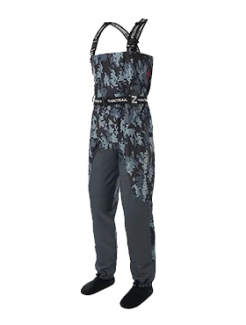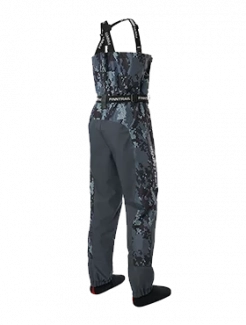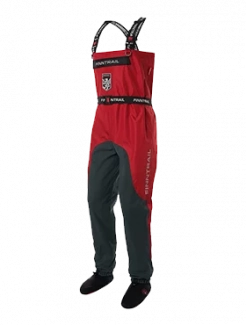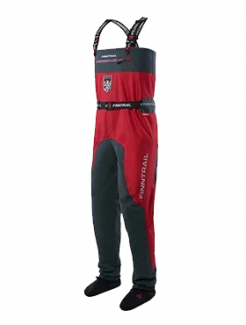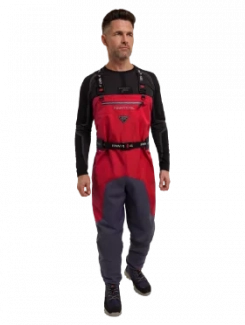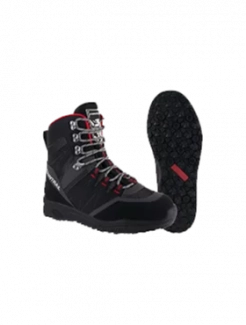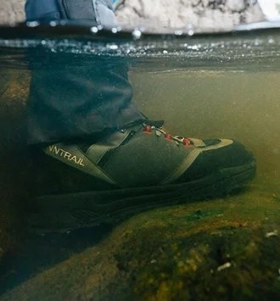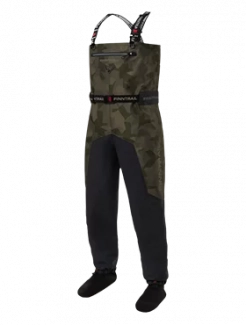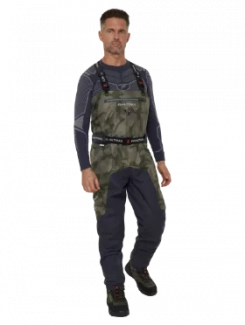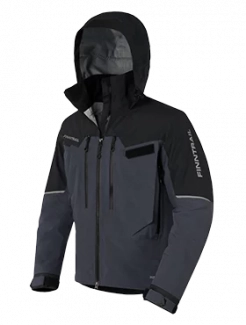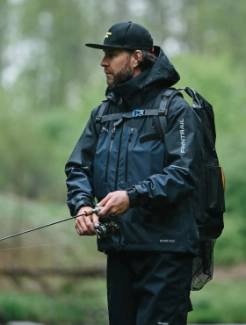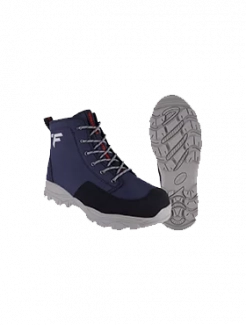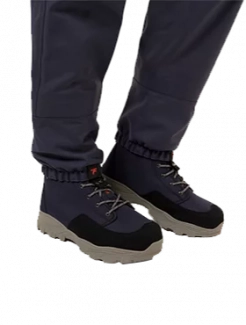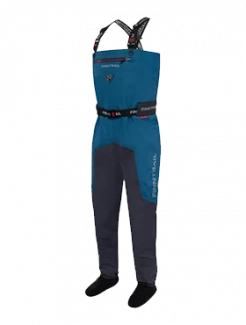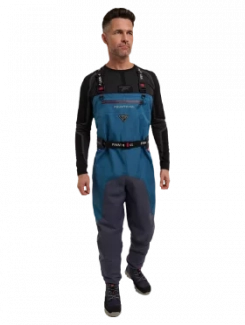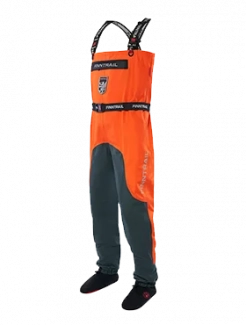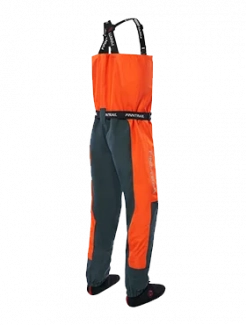How to Read the Water for Fly Fishing Success
Fly fishing is more than casting a line—it’s about learning the language of water. The way currents move, how light hits the surface, where structure lies beneath and where fish feed and rest. If you’ve ever wondered why some anglers seem to always land fish while others struggle, the answer often lies in their ability to read the water.
Whether you’re heading out for a fly fishing trip, exploring tidal flats, or trying your luck in lakes, success comes from knowing how fish interact with their surroundings. This guide breaks down everything you need to know about reading water, from basic features to advanced strategies, and even choosing the right gear.
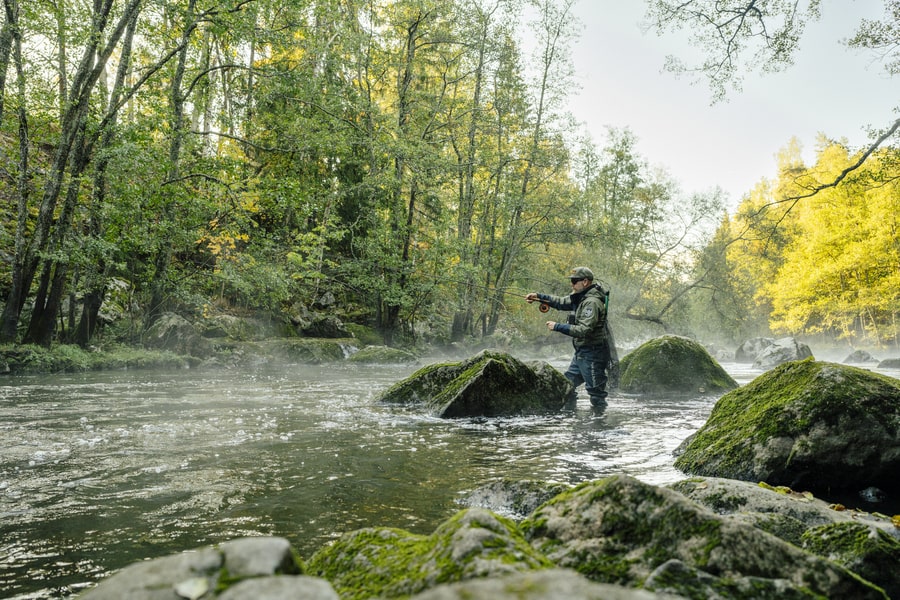
Why Reading the Water Is Essential
Fish are smart survivors. They conserve energy, use currents to their advantage, and choose spots that give them both safety and food. By understanding these behaviors, you’ll know exactly where to place your fly.
In fast-moving rivers, fish shelter behind rocks or in deep pools to escape the current. In warm lakes and ponds, bass and panfish gather around shade, vegetation, or submerged timber to ambush prey. In saltwater, the tide shapes everything, with sandbars, flats, and channels turning into feeding routes as baitfish move. During high water, swollen rivers push fish into calm seams, eddies, and side channels where they can rest.
Reading the water isn’t just a skill—it’s the foundation of fly fishing success.
The Building Blocks of Water
When you arrive at a river, lake, or shoreline, don’t rush into casting. Take a few minutes to study the water. Look at how it flows, where it slows, and what kind of cover exists. Here are the most important features to identify.
1. Riffles
Riffles are shallow sections where water runs quickly over rocks. They provide oxygen and carry a steady flow of food. Trout often sit just below riffles, conserving energy while letting insects drift right into their mouths.
2. Runs
Runs are deeper sections following riffles. They have a steady, uniform flow and are some of the most reliable fish-holding spots in a river. Look for darker water color, which indicates depth.
3. Pools
Pools are slower, deeper stretches of water where fish rest, especially during bright sunlight or high flows. During high water pools become essential since fish need to escape heavy currents.
4. Eddies
Eddies form behind rocks, logs, or bends, creating circular water that traps food. They’re perfect ambush points and can hold surprisingly large fish.
5. Seams
Where fast and slow currents meet, seams are created. These “feeding lanes” are some of the best places to target, as fish line up along the seam waiting for insects and baitfish to drift past.
6. Structure and Cover
Fish love structure: rocks, undercut banks, tree roots, or submerged logs. Cover gives them protection from predators and a perfect hiding spot to strike at prey.
Reading Water in Different Fly Fishing Environments
Fly Fishing in Fresh Water
In rivers and streams, currents are the key. Fish often face upstream, using the current to bring food to them. Focus your casts on riffle transitions, runs, and seams. In lakes, watch for surface activity, weed edges, and drop-offs where depth changes quickly.
When you notice a hatch, fish may rise consistently in certain zones. This is your sign to “match the hatch” with a fly that resembles the insects coming off the water.
Fly Fishing in Salt Water
Saltwater environments can seem overwhelming at first, but the principles are the same—fish need food, cover, and comfort.
-
Tides and Currents: moving water triggers feeding. Fish follow baitfish with the tide, so rising or falling tides are usually best.
-
Flats and Sandbars: shallow flats often hold bonefish, permit, or redfish that cruise in search of crabs and shrimp.
-
Channels: deeper cuts act as migration routes for baitfish, and predators like tarpon or snook won’t be far behind.
Saltwater is also demanding on gear. Always rinse your rod, reel, and even your shoes to avoid corrosion.
Fly Fishing in Warm Water
When targeting warm-water species like bass, bluegill, or carp, look for areas with cover and shade. Lily pads, docks, and fallen trees all provide ambush spots. Warm water also means fish are more active during early morning and late evening when temperatures are cooler.
Unlike trout, bass may strike aggressively, so casting near structure and letting your fly hover or sink can bring explosive results.
Fly Fishing during High Water
High water can intimidate anglers, but it can also provide excellent opportunities. Fish don’t like fighting against heavy flows, so they’ll move to softer edges, inside bends, or eddies.
Tips for high water:
-
Use weighted flies to get down quickly.
-
Shorten your cast—fish often hold near the banks in high water.
-
Safety first: strong currents can be dangerous, so always wade carefully with the right gear.
Tips for Practicing Water Reading
Like any skill, reading water improves with practice. Here are a few ways to sharpen your eye:
-
Observe Before Casting: spend a few minutes just watching the water. Look for ripples, rises, or foam lines that show where food is drifting.
-
Use Landmarks: spot a rock, log, or seam and cast just upstream so your fly drifts naturally past it.
-
Think Like a Fish: ask yourself: where would I rest if I didn’t want to fight current? Where would I go to ambush prey?
-
Adjust for Light: on sunny days, fish may hold deeper. On cloudy days, they’re often more active near the surface.
-
Keep Notes: each trip teaches you something new. Write down where you saw fish, water levels, and what flies worked.
Final Thoughts
Learning how to read the water transforms fly fishing from guesswork into strategy. It teaches you to see beyond the surface—to understand where fish hide, feed, and rest.
Whether you’re chasing trout in mountain streams during wild water fly fishing, exploring sandy flats in salt water, or enjoying a summer evening fishing for bass, success starts with your ability to interpret the water.
Pair that knowledge with the right gear and you’ll not only catch more fish but enjoy every outing with confidence.
The water is always talking. The more you learn to read its language, the more rewarding every cast becomes.

